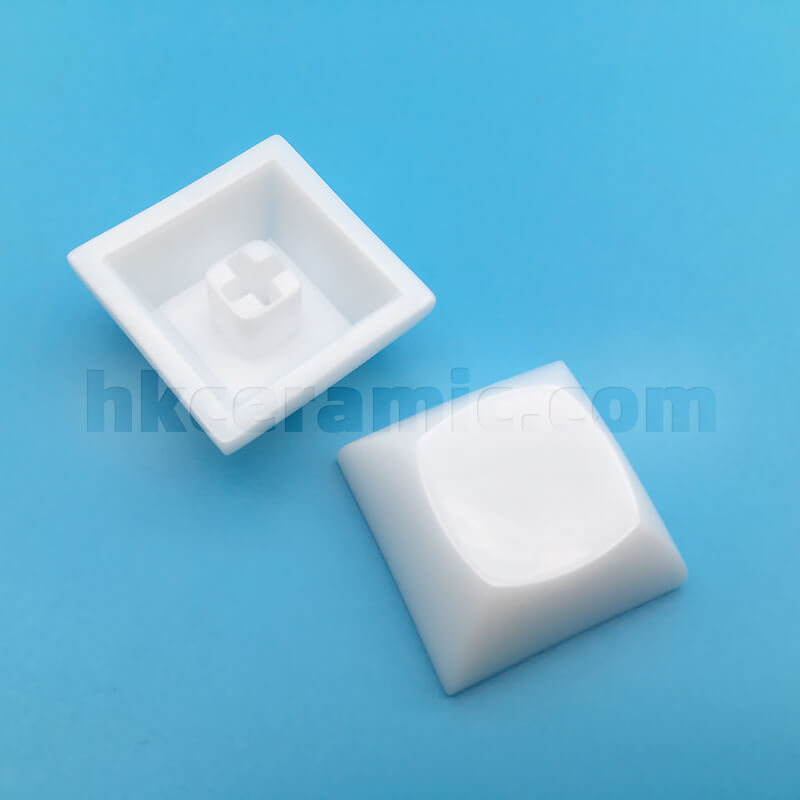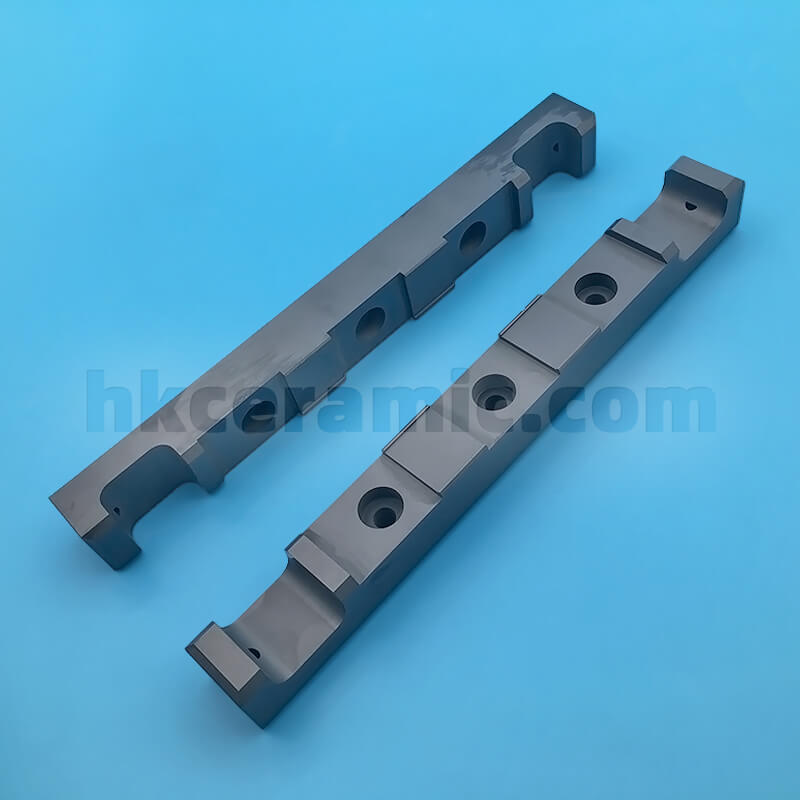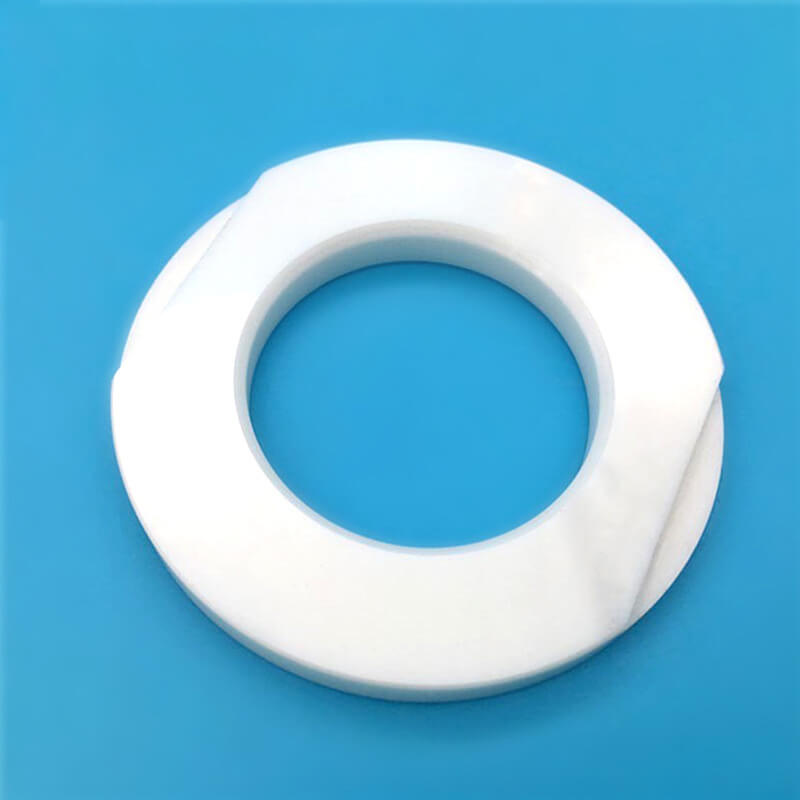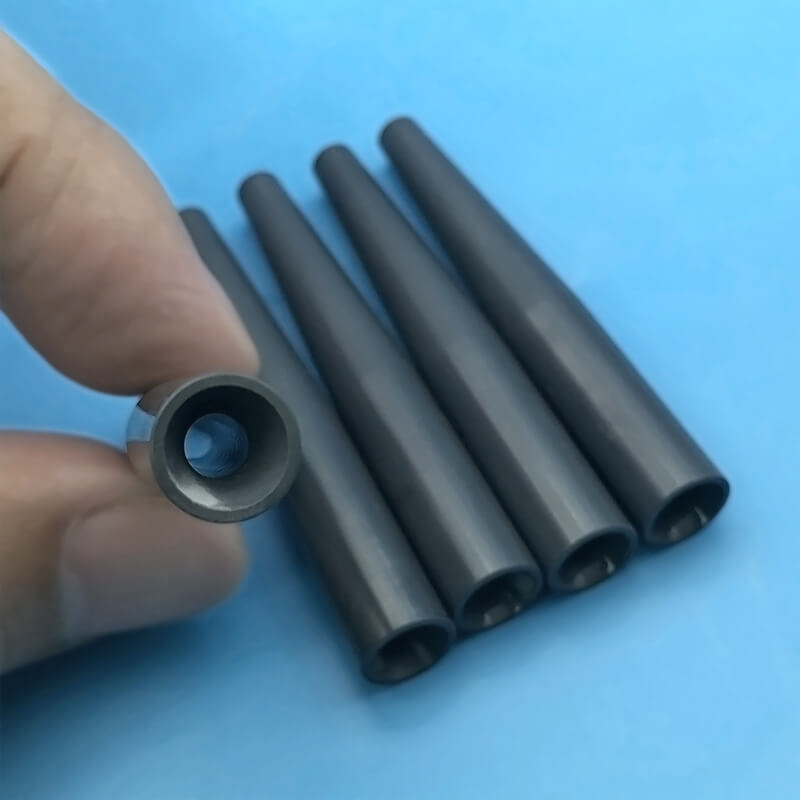Silicon Nitride Ceramic Piston Rod
E-mail:sales01@hkceramic.com
Silicon Nitride Ceramic Piston Rod, also known as High-Temperature, Wear-Resistant Ceramic Stirring Head or Shaft, incorporates advanced technologies and design features to ensure excellent performance in demanding environments:
Structure and Surface Treatment
The piston rod features an exceptionally smooth surface design, which helps reduce friction with seals, extending the piston rod's lifespan and enhancing sealing effectiveness. The smooth surface also efficiently reduces energy loss, improving mechanical efficiency.
Wear Resistance and Heat Resistance
Made from silicon nitride ceramic, the piston rod exhibits outstanding mechanical strength and wear resistance (with a Vickers hardness up to 1500 HV), and can withstand temperatures up to 1200°C, ensuring stability and durability in high-temperature operations.
Chemical Stability
The chemical stability of silicon nitride allows the piston rod to be used in high-pressure and chemically corrosive environments, such as in petrochemical and specialized chemical processing, without performance degradation due to environmental changes.
Thermal Shock Stability
The piston rod has a thermal shock stability coefficient up to 500°C, capable of withstanding rapid temperature changes, suitable for applications requiring rapid heating or cooling.
Silicon nitride ceramic piston rods find wide application across multiple industrial sectors, particularly in high-temperature, high-pressure, and chemically corrosive environments:
Automotive Industry
Used in high-performance engines and hydraulic systems, the piston rod's heat resistance and wear resistance ensure reliable operation in high-temperature and high-pressure environments.
Aerospace and Aviation
In critical components of aircraft engines and spacecraft, silicon nitride piston rods provide essential wear resistance and high-temperature performance, crucial for enhancing overall equipment safety and efficiency.
Petrochemical Industry
During chemical processing and petroleum refining, piston rods must withstand extreme chemical corrosion and temperature fluctuations. Silicon nitride material demonstrates superior performance in these applications.
Silicon nitride ceramic piston rods excel in industrial applications due to their outstanding wear resistance, high-temperature stability, and chemical stability. These characteristics not only ensure long-term durability in high-temperature, high-pressure, and corrosive environments but also enhance overall efficiency and reliability of mechanical systems. Through advanced technologies and design optimizations, silicon nitride piston rods have become indispensable components in multiple high-end industrial sectors, showcasing the widespread value and potential of modern materials science in practical applications.
In the field of precision ceramic customization, our company specializes in producing various high-performance ceramic components, including zirconia ceramics, silicon nitride, aluminum nitride, and other products. These ceramic components possess exceptional thermal stability, electrical insulation, high-temperature resistance, and wear resistance, and are widely used in critical sectors such as aerospace, electronics, machinery, defense, and automotive. Our products provide crucial support and assurance to customers with their outstanding performance and reliability, helping them enhance production efficiency and optimize product performance.
Dongguan Haikun New Material Co., Ltd.
A global advanced precision ceramics (special ceramics) manufacturer, focusing on the development, design, production and sales of advanced precision ceramic products, covering zirconium oxide, aluminum oxide, silicon nitride and other materials, which are widely used in aviation, aerospace, military industry, medical and other fields
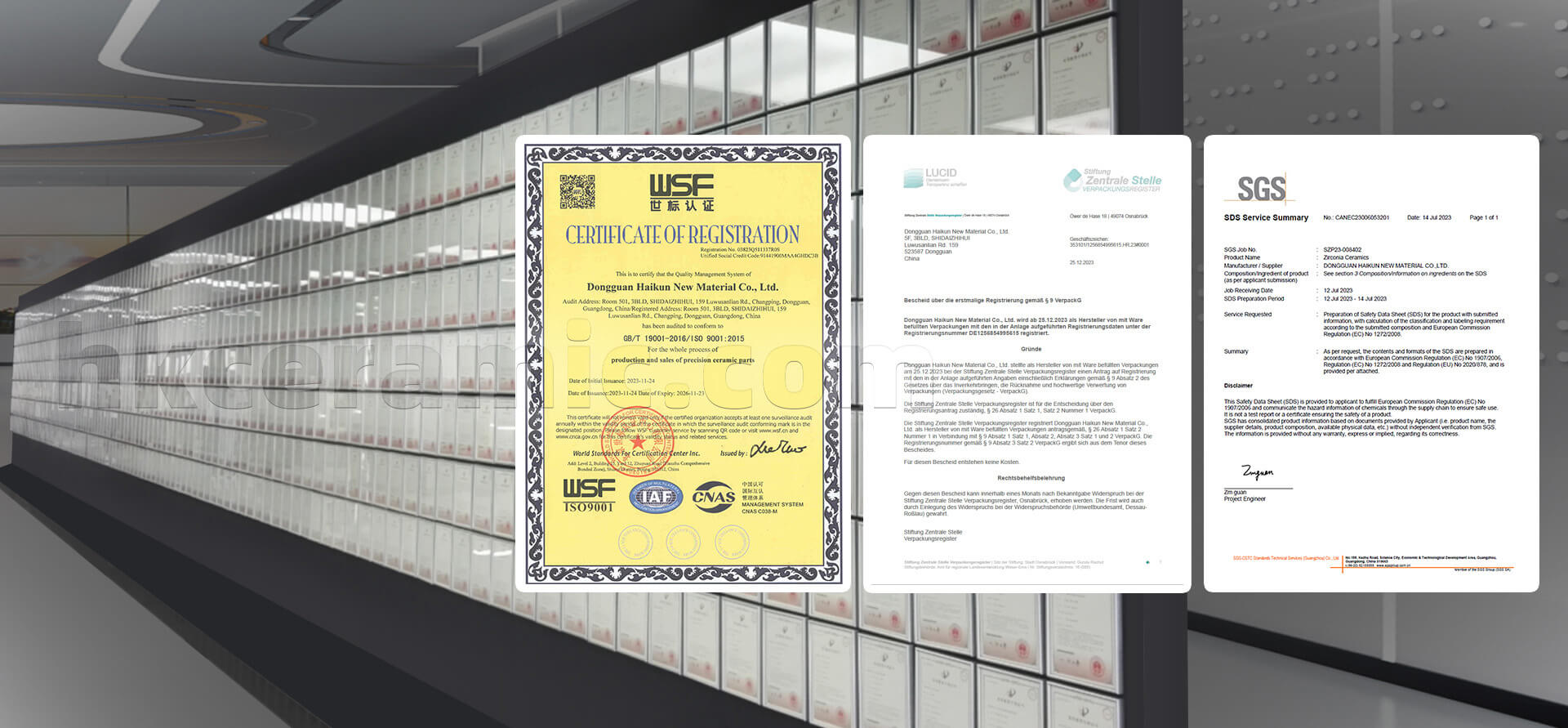

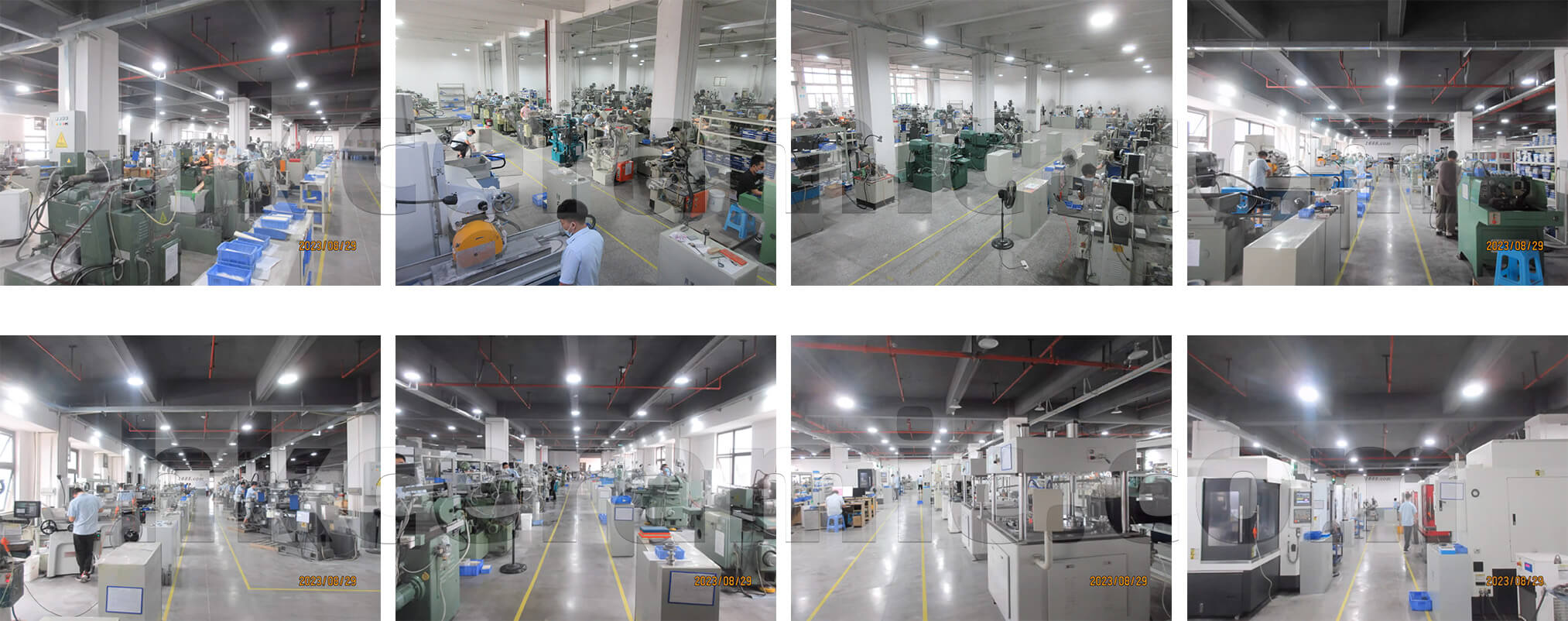
Comparison of ceramic material properties
Use our interactive ceramic material comparison chart to compare ceramic materials across different material properties.
Click the Property Button above to view the corresponding property comparison of precision ceramic materials
*The values in the table are typical material properties
Precision ceramic product customization process
Step 1
Contact us
Step 2
Technology Assessment
Step 3
Confirm the quotation
Step 4
Signing the contract
Step 5
Inspection and delivery
Step 6
Confirm Receipt

